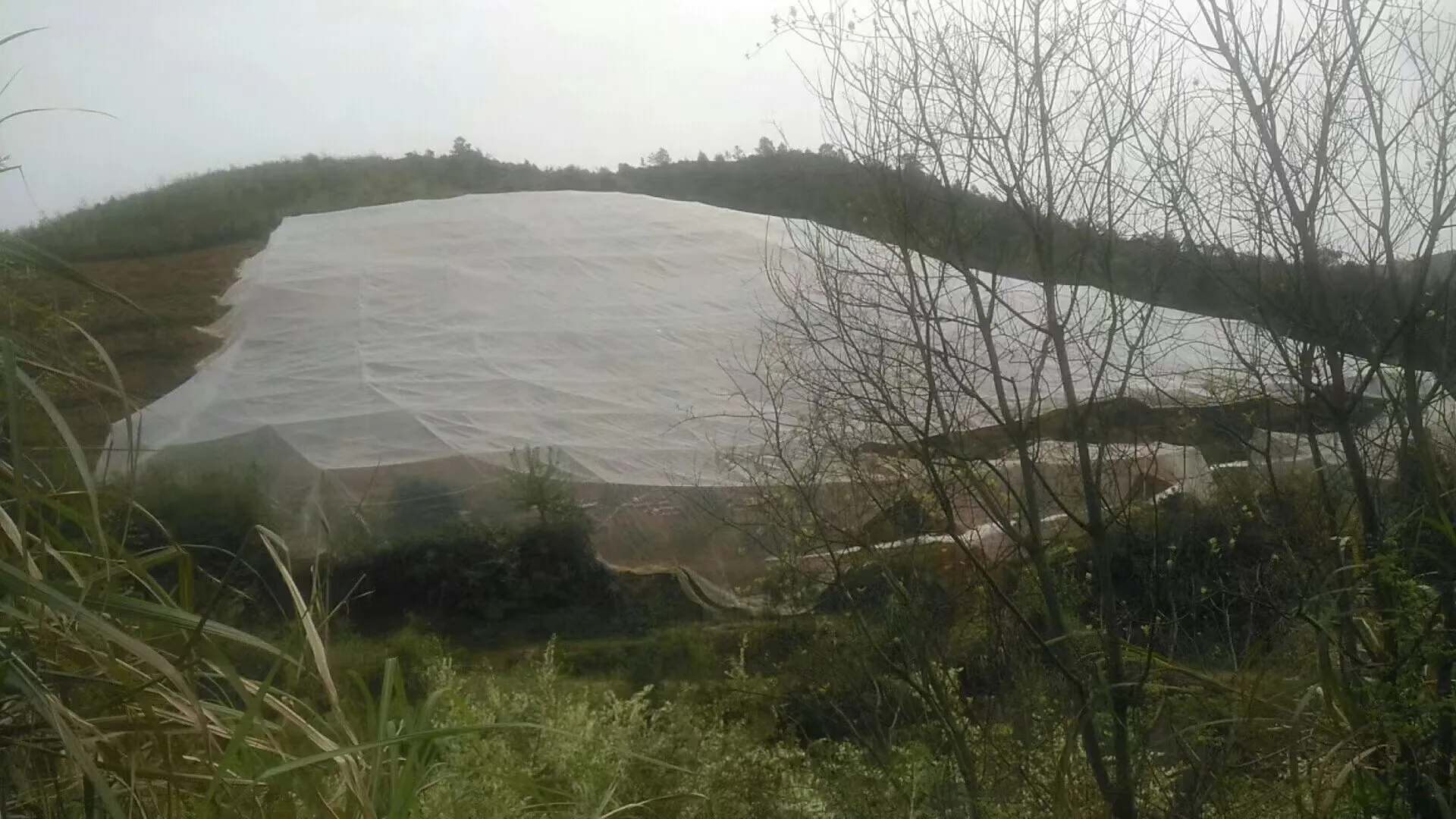-
 Afrikaans
Afrikaans -
 Albanian
Albanian -
 Amharic
Amharic -
 Arabic
Arabic -
 Armenian
Armenian -
 Azerbaijani
Azerbaijani -
 Basque
Basque -
 Belarusian
Belarusian -
 Bengali
Bengali -
 Bosnian
Bosnian -
 Bulgarian
Bulgarian -
 Catalan
Catalan -
 Cebuano
Cebuano -
 China
China -
 Corsican
Corsican -
 Croatian
Croatian -
 Czech
Czech -
 Danish
Danish -
 Dutch
Dutch -
 English
English -
 Esperanto
Esperanto -
 Estonian
Estonian -
 Finnish
Finnish -
 French
French -
 Frisian
Frisian -
 Galician
Galician -
 Georgian
Georgian -
 German
German -
 Greek
Greek -
 Gujarati
Gujarati -
 Haitian Creole
Haitian Creole -
 hausa
hausa -
 hawaiian
hawaiian -
 Hebrew
Hebrew -
 Hindi
Hindi -
 Miao
Miao -
 Hungarian
Hungarian -
 Icelandic
Icelandic -
 igbo
igbo -
 Indonesian
Indonesian -
 irish
irish -
 Italian
Italian -
 Japanese
Japanese -
 Javanese
Javanese -
 Kannada
Kannada -
 kazakh
kazakh -
 Khmer
Khmer -
 Rwandese
Rwandese -
 Korean
Korean -
 Kurdish
Kurdish -
 Kyrgyz
Kyrgyz -
 Lao
Lao -
 Latin
Latin -
 Latvian
Latvian -
 Lithuanian
Lithuanian -
 Luxembourgish
Luxembourgish -
 Macedonian
Macedonian -
 Malgashi
Malgashi -
 Malay
Malay -
 Malayalam
Malayalam -
 Maltese
Maltese -
 Maori
Maori -
 Marathi
Marathi -
 Mongolian
Mongolian -
 Myanmar
Myanmar -
 Nepali
Nepali -
 Norwegian
Norwegian -
 Norwegian
Norwegian -
 Occitan
Occitan -
 Pashto
Pashto -
 Persian
Persian -
 Polish
Polish -
 Portuguese
Portuguese -
 Punjabi
Punjabi -
 Romanian
Romanian -
 Russian
Russian -
 Samoan
Samoan -
 Scottish Gaelic
Scottish Gaelic -
 Serbian
Serbian -
 Sesotho
Sesotho -
 Shona
Shona -
 Sindhi
Sindhi -
 Sinhala
Sinhala -
 Slovak
Slovak -
 Slovenian
Slovenian -
 Somali
Somali -
 Spanish
Spanish -
 Sundanese
Sundanese -
 Swahili
Swahili -
 Swedish
Swedish -
 Tagalog
Tagalog -
 Tajik
Tajik -
 Tamil
Tamil -
 Tatar
Tatar -
 Telugu
Telugu -
 Thai
Thai -
 Turkish
Turkish -
 Turkmen
Turkmen -
 Ukrainian
Ukrainian -
 Urdu
Urdu -
 Uighur
Uighur -
 Uzbek
Uzbek -
 Vietnamese
Vietnamese -
 Welsh
Welsh -
 Bantu
Bantu -
 Yiddish
Yiddish -
 Yoruba
Yoruba -
 Zulu
Zulu
aviary nets
The Fascinating World of Aviary Nets
Aviary nets have become an essential part of modern birdkeeping and wildlife conservation. These specialized nets serve multiple purposes, including protecting our feathered friends from predators, preventing escapes from enclosures, and creating safe habitats for breeding and rehabilitation. As urbanization continues to encroach upon natural habitats, aviary nets are increasingly crucial in preserving avian species and promoting biodiversity. In this article, we will explore the various types of aviary nets, their applications, and the importance of using them responsibly.
Types of Aviary Nets
Aviary nets come in various designs and materials to suit different environments and needs. The most common types include polyethylene nets, wire mesh, and nylon nets. Polyethylene nets are popular for their durability, UV resistance, and lightweight properties, making them ideal for large aviaries and bird sanctuaries. Wire mesh offers robust protection and can deter larger animals, while nylon nets are often used in smaller setups due to their flexibility and ease of installation.
Moreover, aviary nets can be categorized based on their intended use. For instance, bird conservation nets are designed to create safe breeding and feeding zones for endangered species. These nets provide a physical barrier against predators while allowing the birds to fly freely, ensuring that they can thrive in a controlled environment. In contrast, decorative aviary nets are often employed in larger enclosures to enhance aesthetics while still serving a protective function.
Applications of Aviary Nets
The applications of aviary nets extend beyond simple enclosures. In wildlife conservation efforts, these nets play a pivotal role in protecting nests from predators, thus helping to increase the success rate of breeding programs. Nesting sites equipped with nets can significantly reduce predation, ultimately contributing to the revival of declining bird populations.
aviary nets

In research settings, aviary nets are used to study avian behavior without the risk of escape. By creating an enclosed space that mimics a natural habitat, researchers can observe interactions, mating rituals, and feeding habits, thereby gathering valuable data to inform conservation strategies.
Moreover, aviary nets find applications in urban settings. As cities expand, creating bird-friendly spaces has become a pressing need. Aviary nets can be installed in parks, gardens, and urban farms to keep pigeons and other birds from damaging crops while allowing smaller, beneficial species to thrive. This balance between nature and urbanization is vital for maintaining ecological integrity in densely populated areas.
Responsible Usage and Challenges
While aviary nets are beneficial, responsible usage is paramount. It is essential to select the appropriate type of net for the specific bird species and environment. Poorly designed or incorrectly installed nets can result in entanglement risks or injuries. Educating bird keepers and conservationists on the best practices for net installation and maintenance is crucial to mitigating these risks.
Additionally, ethical considerations must always be at the forefront of aviary net usage. It is vital to avoid disrupting migratory routes or habitats when deploying nets in natural settings. Moreover, regular monitoring is necessary to ensure that nets remain functional and do not pose accidental threats to wildlife.
Conclusion
In conclusion, aviary nets represent a vital tool in the fields of birdkeeping and wildlife conservation. By providing a safe environment for birds, these nets contribute to the preservation of diverse avian species. With the right practices in place, aviary nets can play a significant role in fostering a harmonious relationship between humans and birds. As we continue to learn more about the intricacies of avian life and the challenges posed by modern urban environments, aviary nets will remain an indispensable resource for safeguarding our precious feathered companions and promoting biodiversity worldwide.
-
Shipping Plastic Bags for Every NeedNewsJul.24,2025
-
Safety Netting: Your Shield in ConstructionNewsJul.24,2025
-
Plastic Mesh Netting for Everyday UseNewsJul.24,2025
-
Nylon Netting for Every UseNewsJul.24,2025
-
Mesh Breeder Box for Fish TanksNewsJul.24,2025
-
Expanded Steel Mesh Offers Durable VersatilityNewsJul.24,2025











